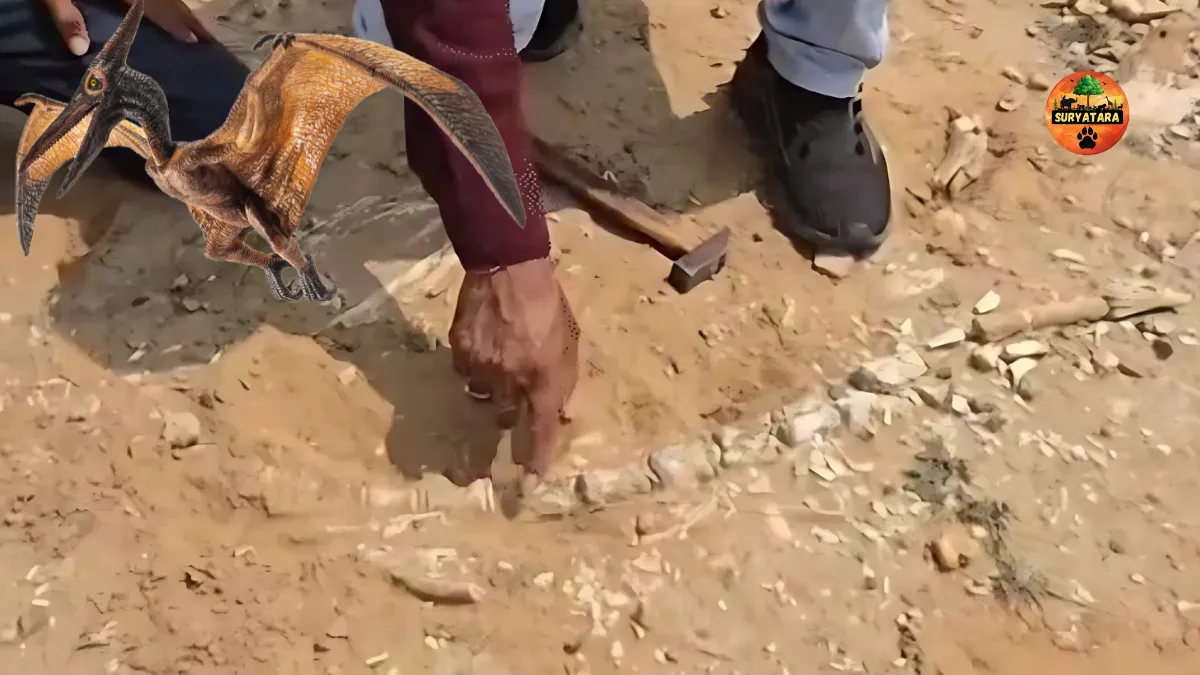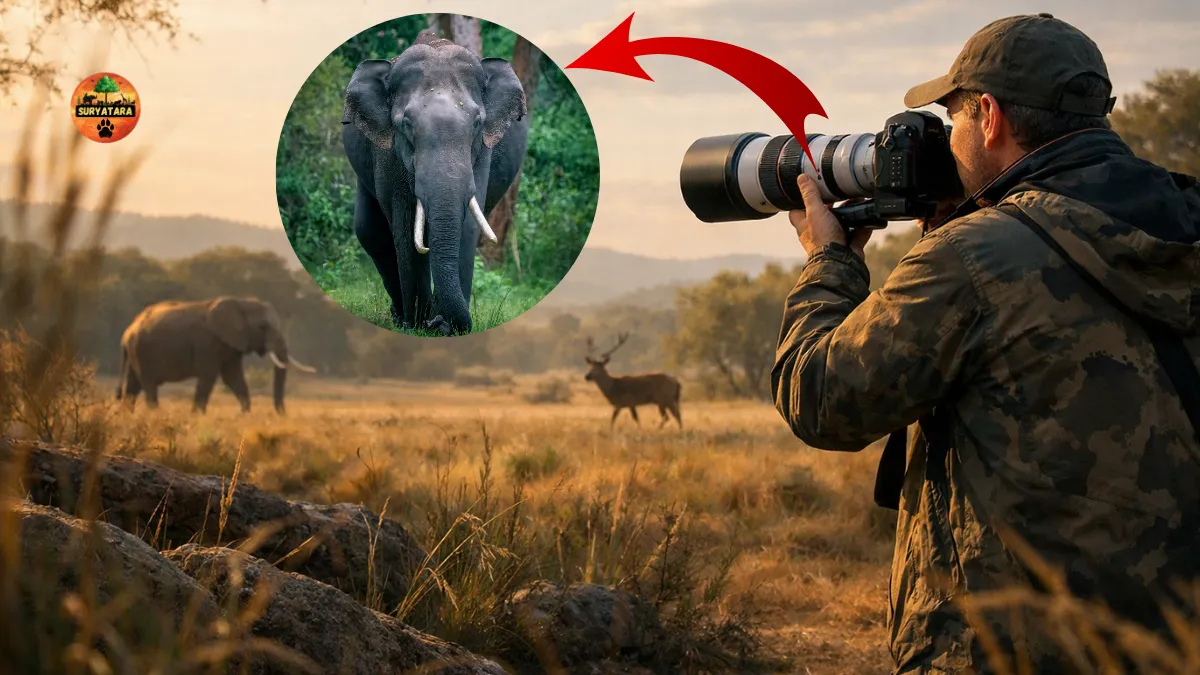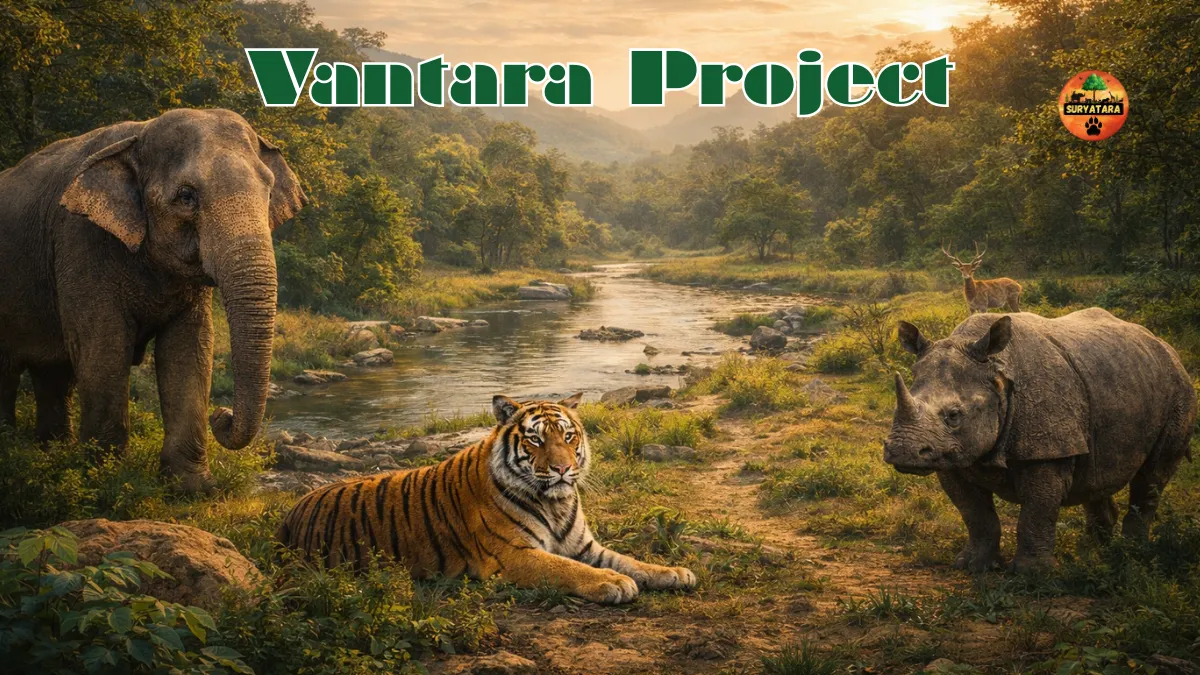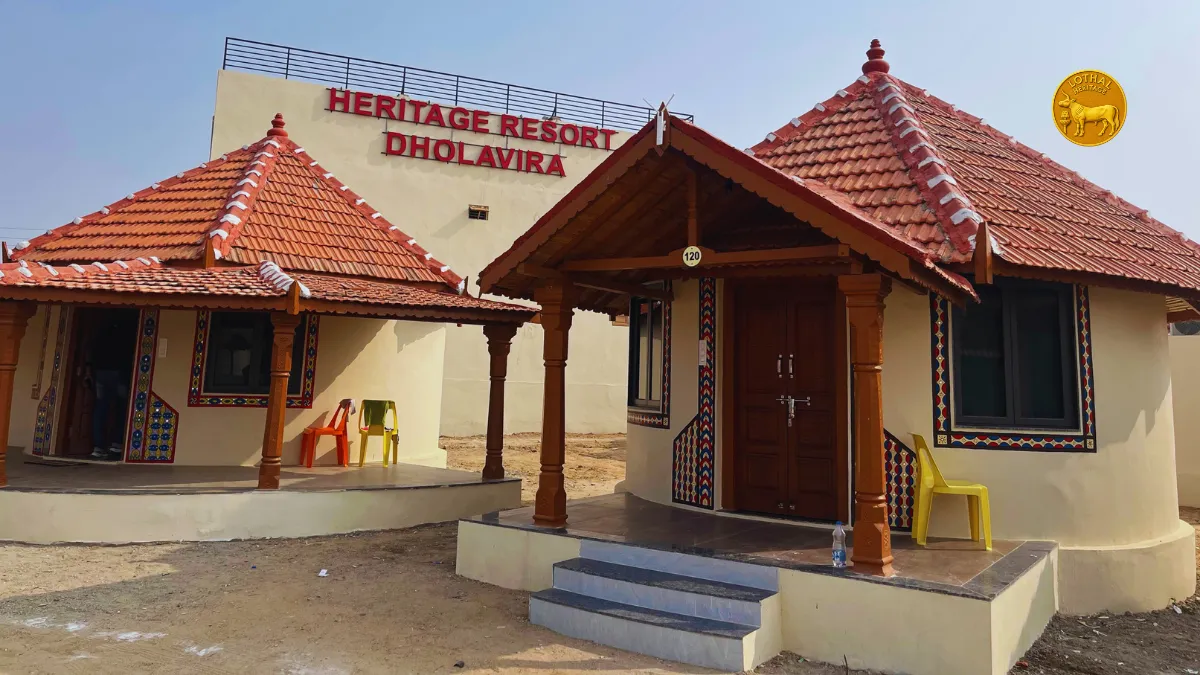Flying dinosaur remains found in Jaisalmer has created a wave of excitement in the scientific community and among history enthusiasts. Near Megha village in Rajasthan’s Jaisalmer district, local villagers recently stumbled upon mysterious fossil-like structures near a pond. Upon examination, experts believe these could be the remains of a flying dinosaur dating back to the Jurassic period, making this one of the most remarkable paleontological findings in India.
Discovery at Megha Village
On August 19, villagers near Megha, located in the Fatehgarh subdivision of Jaisalmer, spotted unusual bone-like structures protruding from the soil near a pond. Shocked by their appearance, they reported the matter to local authorities. The very next day, on August 20, the Jaisalmer administration informed district collector Pratap Singh, who later brought in experts to examine the site.
Dr. Narayan Das Inkhaiya, a Jaisalmer-based scientist known for his earlier fossil research, inspected the discovery. According to his initial observation, the visible part appears to be a vertebral column (backbone) of a large prehistoric creature. The exposed portion is believed to be just a fragment, with the rest of the fossil lying 15 to 20 feet below ground.
“This is the largest skeleton ever found in Jaisalmer’s history. The site clearly indicates that millions of years ago, dinosaurs roamed here, most likely in search of food along the ancient seashores,” Dr. Inkhaiya stated.
A Glimpse Into the Jurassic Period
The Jurassic era, which spanned between 201 to 145 million years ago, is globally recognized as the age of giant reptiles, including both land-dwelling dinosaurs and flying species like pterosaurs. Jaisalmer, which was once part of a prehistoric seashore, has already yielded multiple dinosaur-related findings over the years.
According to the Geological Survey of India, the desert terrain of Jaisalmer was once a thriving habitat where dinosaurs migrated in search of food and shelter. This explains why multiple fossils, footprints, and even eggs have been uncovered in the region.
Why Experts Believe It Is a Flying Dinosaur
Dr. Inkhaiya suggests that the current discovery could belong to a pterosaur-like reptile, commonly referred to as a flying dinosaur. Based on its size, the creature may have measured more than 20 feet in length, possibly with large wings that helped it soar over ancient seas.
“The alignment and size of the vertebrae indicate it was not a regular land-dwelling creature. It could very well be the fossil of a flying reptile from the Jurassic period. The preservation suggests it was buried deep and protected for millions of years,” Dr. Inkhaiya explained.
If confirmed, this will not only be a milestone for Indian paleontology but also place Jaisalmer on the global map of significant Jurassic fossil sites.
Previous Dinosaur Discoveries in Jaisalmer
This is not the first time Jaisalmer has surprised scientists with prehistoric remains.
- In 2023, Dr. Inkhaiya himself discovered a fossilized dinosaur egg while on a morning walk near Jethwai Hill. The egg was estimated to be millions of years old.
- Earlier, Theropod dinosaur footprints were found in Thiyat village, which later became a protected fossil site. Unfortunately, some of these prints were stolen before authorities secured the location.
- At Akal village, around 180-million-year-old petrified trees were found, which are now preserved inside the Wood Fossil Park.
These findings together suggest that Jaisalmer and its surrounding villages once formed a thriving habitat for different prehistoric species.
The Dinosaur Villages of Jaisalmer
Due to repeated fossil discoveries, three villages in Jaisalmer—Jethwai, Thiyat, and Lathi—are popularly called “Dinosaur Villages.” These places have yielded evidence of dinosaur eggs, bones, and footprints. Earlier, these areas were used for stone quarrying, which unfortunately destroyed several fossils. Once scientists confirmed the presence of valuable remains, the Rajasthan government restricted mining and declared these zones protected.
The discovery at Megha village now adds another name to this list of prehistoric treasure sites.
Government and Scientific Response
Following the latest discovery, the local administration has decided to write to the Geological Survey of India (GSI) and invite national and international experts to conduct further analysis. Fossil dating, structure scanning, and preservation measures will be carried out in the coming months.
“Only after advanced testing will we know the exact age and species. But based on surface study, this is most likely from the Jurassic period and could belong to a flying dinosaur,” Dr. Inkhaiya said.
Experts stress the importance of immediate preservation. Since the fossil is partly exposed, it risks weather damage or illegal removal if not safeguarded quickly.
Historical Context: Jaisalmer as a Fossil Hub
In 2014, during the 9th International Congress on the Jurassic System, scientists from India and abroad visited Jaisalmer and confirmed its significance as a fossil-rich region. Teams discovered theropod footprints and remains of pterosaur reptiles near Thiyat village. Such findings highlight the importance of Rajasthan in understanding Earth’s Jurassic past.
Jaisalmer’s desert may appear barren today, but millions of years ago, it was a lush seashore with rich vegetation and thriving wildlife. The fossilized trees of Akal and now the remains of possible flying dinosaurs paint a vivid picture of this transformation.
What Makes This Discovery Unique
Unlike earlier finds of eggs or footprints, the Megha village remains appear to be part of a full skeleton, particularly a backbone structure. This is rare because most dinosaur fossils in India are fragmented. If the excavation reveals more bones, it could lead to one of the most complete dinosaur reconstructions ever found in South Asia.
Moreover, if confirmed as a pterosaur or related flying species, it will be among the very few such fossils discovered in India, making it invaluable to global paleontology.
Key Details of the Jaisalmer Dinosaur Discovery
| Feature | Details |
|---|---|
| Location | Megha village, Fatehgarh subdivision, Jaisalmer, Rajasthan |
| Date of Discovery | August 19, 2025 (reported on August 20) |
| Discovered By | Local villagers, examined by Dr. Narayan Das Inkhaiya |
| Type of Fossil | Likely vertebral column (backbone) |
| Estimated Era | Jurassic period (201–145 million years ago) |
| Possible Species | Flying dinosaur / Pterosaur-like reptile |
| Size Estimate | Around 20 feet or longer |
| Next Steps | Geological Survey of India examination, preservation, scientific research |
Why Preservation Is Urgent
India has witnessed the loss of many fossils due to mining, theft, and natural erosion. In fact, some dinosaur footprints discovered earlier in Jaisalmer were stolen before they could be preserved. Experts urge the government to secure the Megha village site immediately to avoid similar losses.
Local residents have also expressed pride, saying this discovery could turn their village into a paleontological tourism hub, similar to the Akal Wood Fossil Park.
Also read: Donate to Wildlife NGOs in India: How, Where, and Why
The Road Ahead
The discovery of flying dinosaur remains found in Jaisalmer not only opens new research possibilities but also highlights the importance of preserving India’s prehistoric heritage. Once detailed studies are conducted, scientists may reconstruct the creature’s anatomy, lifestyle, and role in the Jurassic ecosystem.
If proven to be a pterosaur or another flying reptile, this will be one of India’s most significant contributions to global dinosaur research.
Also read: Top Endangered Species in the World and Their Survival Challenges
Conclusion
The unearthing of possible flying dinosaur remains in Jaisalmer is a reminder that beneath the sands of Rajasthan lies a treasure trove of Earth’s prehistoric secrets. What was once a seashore teeming with giant reptiles is now a desert that continues to reveal glimpses of its ancient past.
With proper scientific research and preservation, Jaisalmer could emerge as one of the world’s most important fossil destinations, attracting researchers and tourists alike. For now, the mystery remains buried a few feet deeper, waiting to be unearthed and tell the story of a flying giant that once ruled the skies of the Jurassic world.











